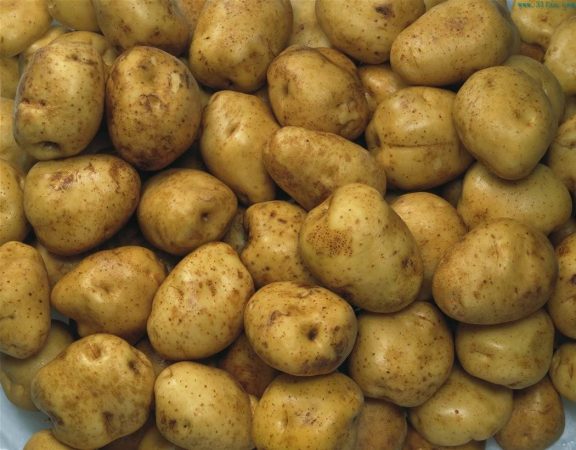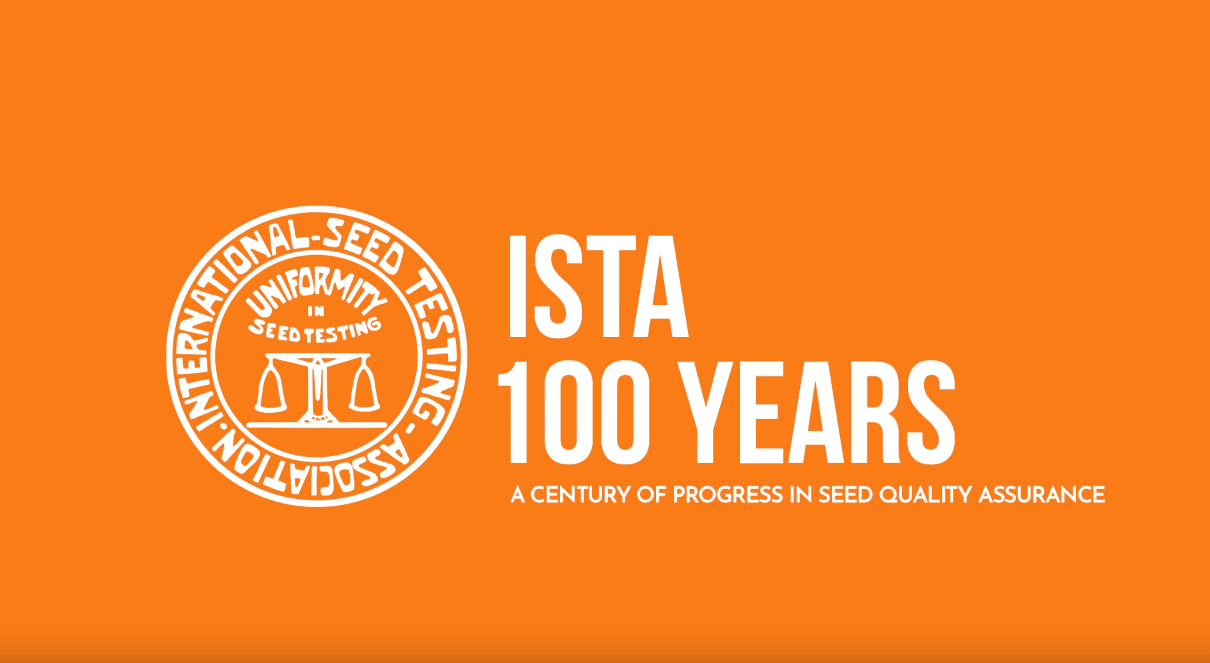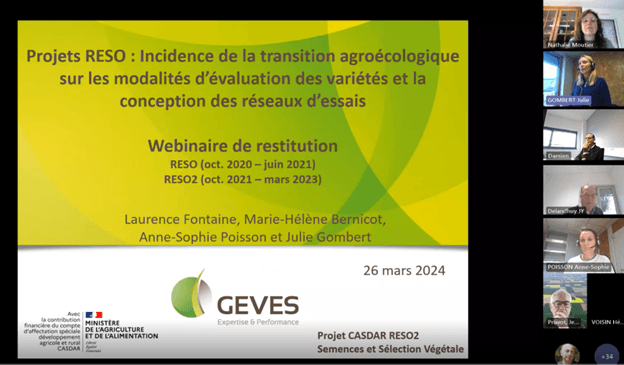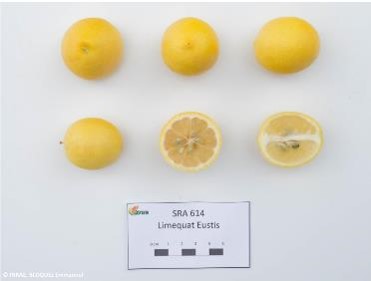
CTPS Potato Section – 15/12/2022
At its meeting on 15 December, the CTPS Potato Section proposed the inclusion in list A of 9 new varieties for consumption, including 2 varieties in the Firm Flesh section and 2 new Starch varieties. 1 other variety is accepted for VCUS and DUS but awaiting denomination.
6 varieties have joined the list of varieties eligible for CEPP (France’s plant protection product saving certificate scheme). These varieties have an interesting environmental value (with an environmental rating of 5 or more), including one variety in the Firm Flesh section.
The section also noted the creation of 3 AgroEcology merits for varieties adapted to Agroecological production that take into account the use of :
- AgroEcology merit – Conservation
- AgroEcology merit – Early crops
- AgroEcology merit – Starch
These merits will be applied to the new varieties registered.
Among the criteria retained, resistance to downy mildew is the key to the attribution of an AgroEcology merit. This level of resistance must be at least average and must be associated, depending on the use, with good behaviour with regard to leaf blight, potato virus Y, nematodes, storability, dormancy and sprouting.
The level of requirement for these criteria is adapted to the market need and is detailed in the following table:
| 1- Leaf blight | 2- Tuber blight | 3- Virus Y | 4-Nematodes | 5- Conservation | 6- Vegetative rest | 7-Egermage | Level of requirement | |
| AgroEcology merit – Conservation (applies to all consumer varieties) | >= 5 (Mandatory criterion) | >=3 | >=6 | Be resistant to at least 1 of the 2 nematodes | >=5 | >=5 | >=3 | 5 criteria met out of criteria 2, 3, 4, 5, 6 and 7 |
| AgroEcology merit – Early crops (applies to early varieties: grades 7-8, 8 ,8-9 et 9) | Not included | >=5 | Not included | Not included | All criteria must be met | |||
| AgroEcology merit – Starch (applies to starch varieties) | >= 4 | >=6 | >=4 | 3 criteria met out of criteria 2, 3, 4 and 7 | ||||
Characteristics are scored from 1 to 9: 1 = low, susceptible or unfavourable for the characteristic; 9 = high, resistant or favourable for the characteristic. For nematodes 0 to 6: Susceptible; 7: Somewhat resistant; 8 and 9: Resistant
Sprouting = Characterisation of the rate of physiological ageing (Capacity of plants to re-emit sprouts, stems and tubers after storage at high temperature and successive sprouting)
Vegetative rest rated from 2 (very short) to 8 (very long)
– On the ware potato market: agro-ecology integrates a reduction in energy consumption (=> importance of the criteria aptitude for conservation, vegetative rest). These criteria are not necessary for early potatoes or starch.
– Taking into account the vegetation cycle of early potatoes, the requirements for the criteria Tuber blight and PVY are relaxed.
– Taking into account the planting and harvesting constraints of starch potatoes, the requirements for the criteria Tuber Blight and Egermage are increased.





